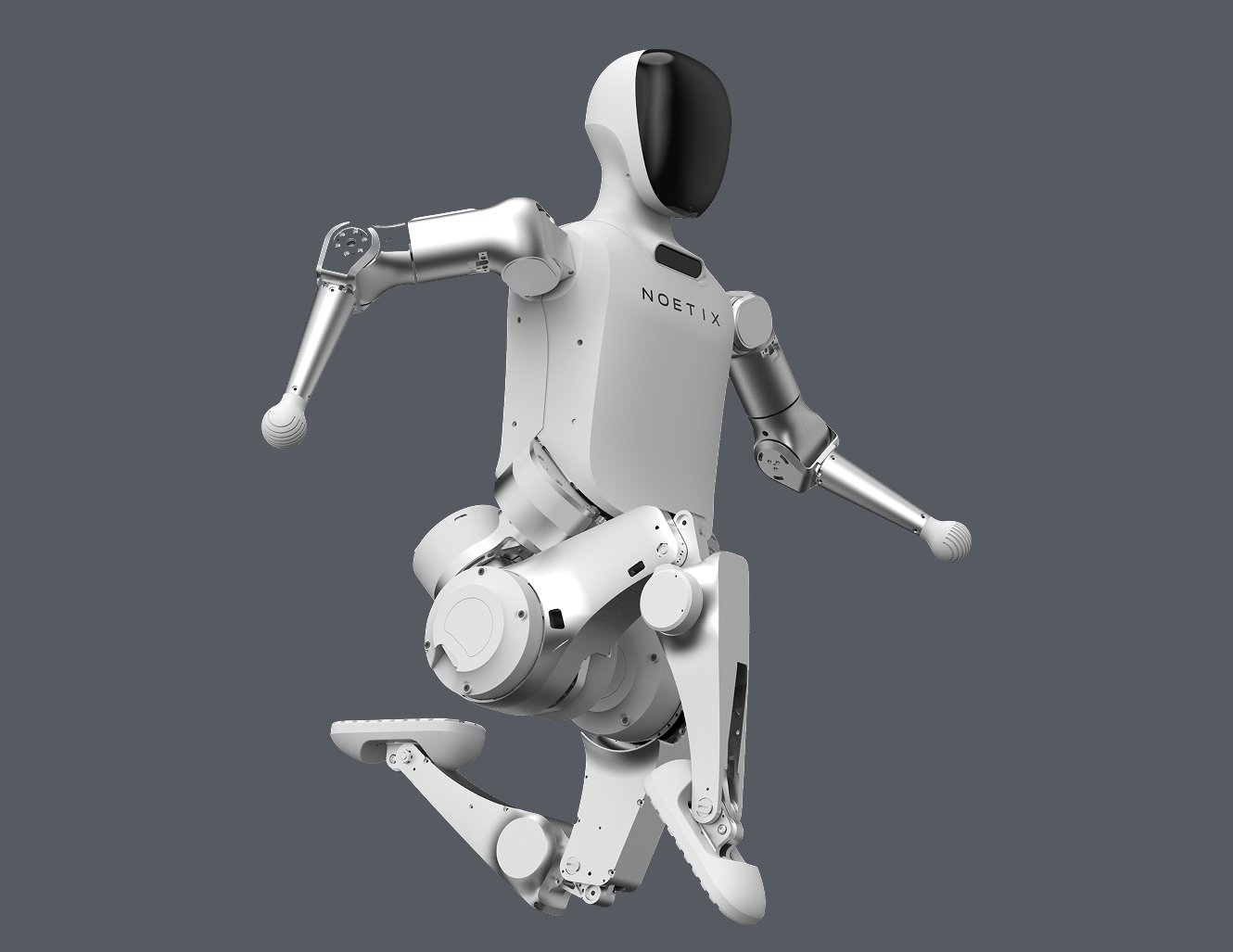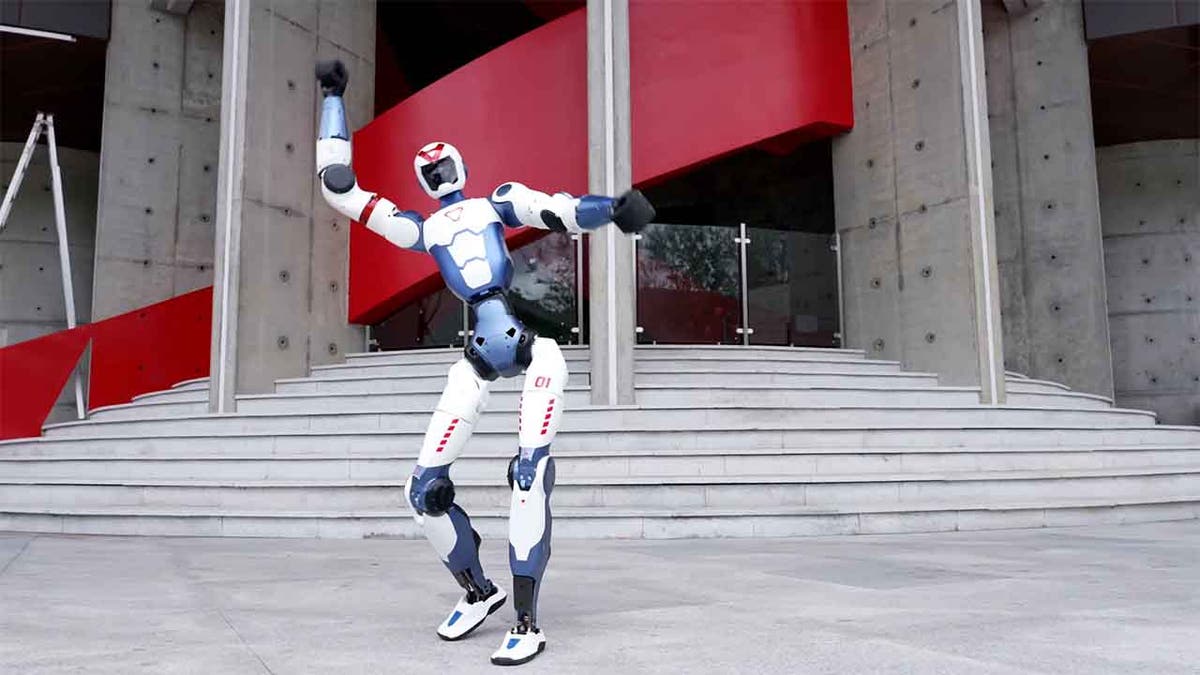Actuator
Hardware
A device that converts energy (typically electrical, hydraulic, or pneumatic) into mechanical motion. In robotics, actuators are responsible for moving joints and limbs.
Applications: Joint control in humanoid robots, gripper operation, mobility systems.
.png)


